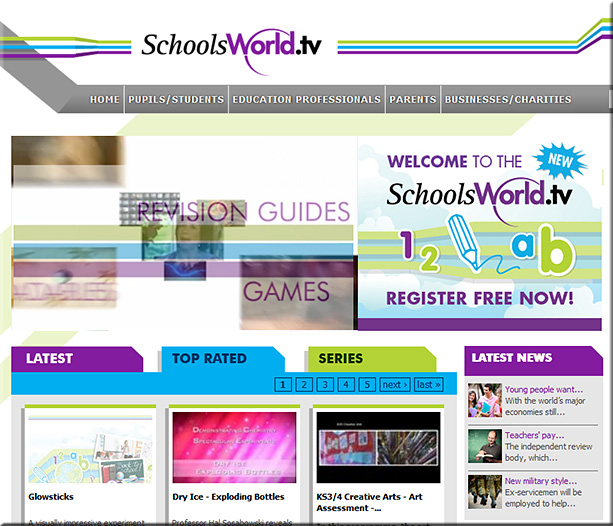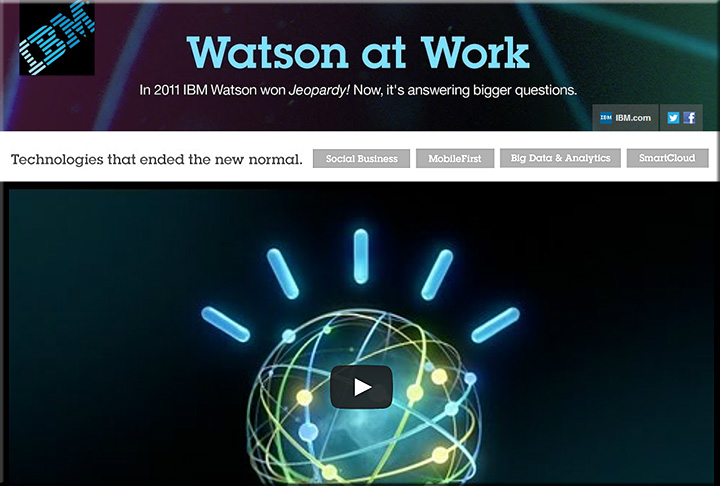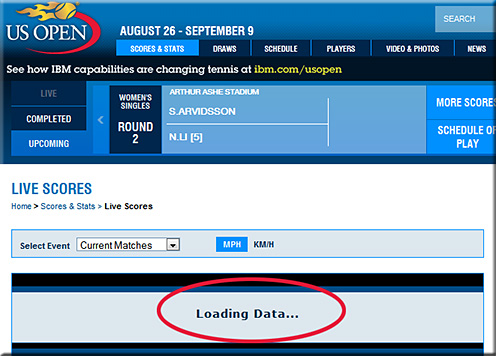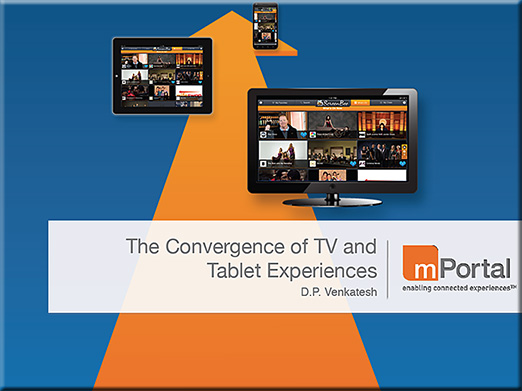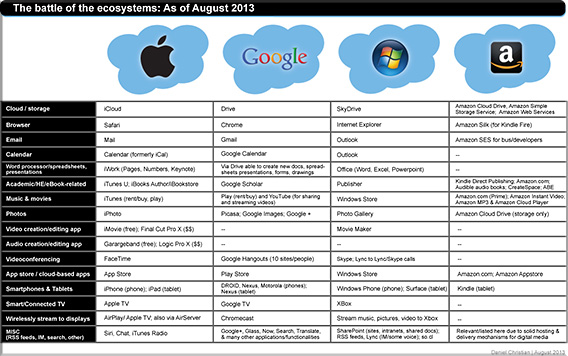Items re: Helpouts by Google, which was just introduced on Monday, November 4th, 2013:
- Google Helpouts: Need Help With Your Shakespeare? — video from The Wall Street Journal
- Google Launches Helpouts, Paid Video Chats With Experts To Address Whatever Is Bothering You Right Now — from techcrunch.com by Alex Wilhelm
- Google’s Helpouts could be the company’s secret weapon to take on healthcare — from gigaom.com by Janko Roettgers
- Will Google Helpouts Undercut Freelancers? — from mashable.com by Chris Taylor
- Per Paul Simbeck-Hampson
All things Helpouts
Thanks for compiling +Denis Labelle .+Helpouts -> helpouts.google.com
1. Help/Support: support.google.com/helpouts
2. Google Help: support.google.com/helpouts/topic/3168357
3. Meet with a Helpouts Specialist: helpouts.google.com/supporthelpouts
4. Settings: helpouts.google.com/settings
5. On Google+: Circle +Helpouts
6. Helpouts Community on Google+:
plus.google.com/communities/103151120922119140466
7. On YouTube: youtube.com/helpouts
8. Mobile app: https://play.google.com/store/apps/details?id=com.google.android.apps.helpoutsVideo -> Introducing Helpouts by Google
From DSC:
This type of thing goes hand and hand with what I’m saying in the Learning from the Living Room vision/concept: “More choice. More control.” This type of thing may impact K-12, higher ed, and corporate training/L&D departments.
It this how we are going to make a living in the future? If so, what changes do we need to make:
- To the curricula out there?
- To the “cores” out there?
- In helping people build their digital/online-based footprints?
- In helping people market themselves?









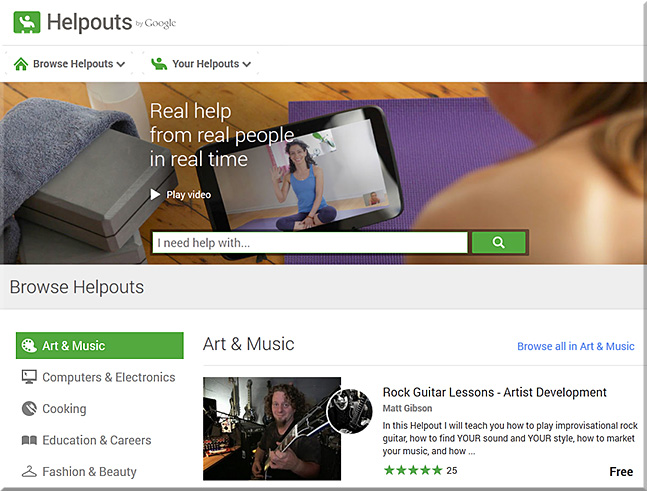

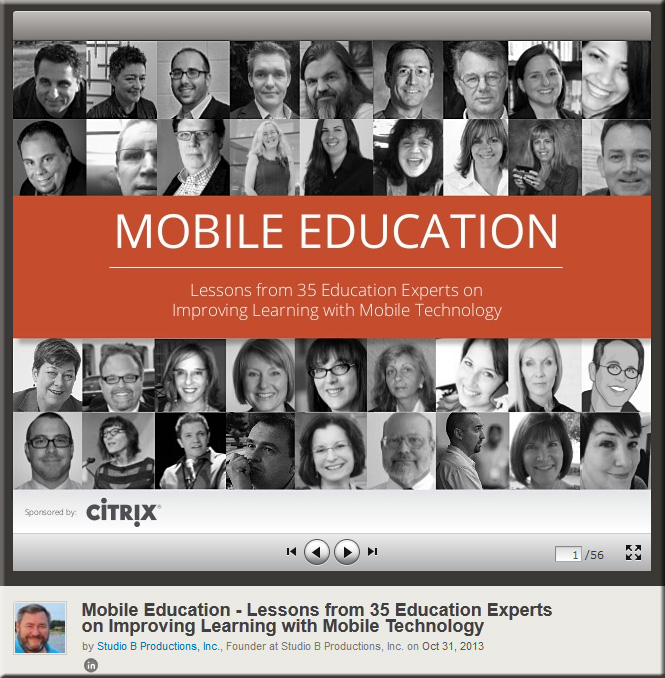
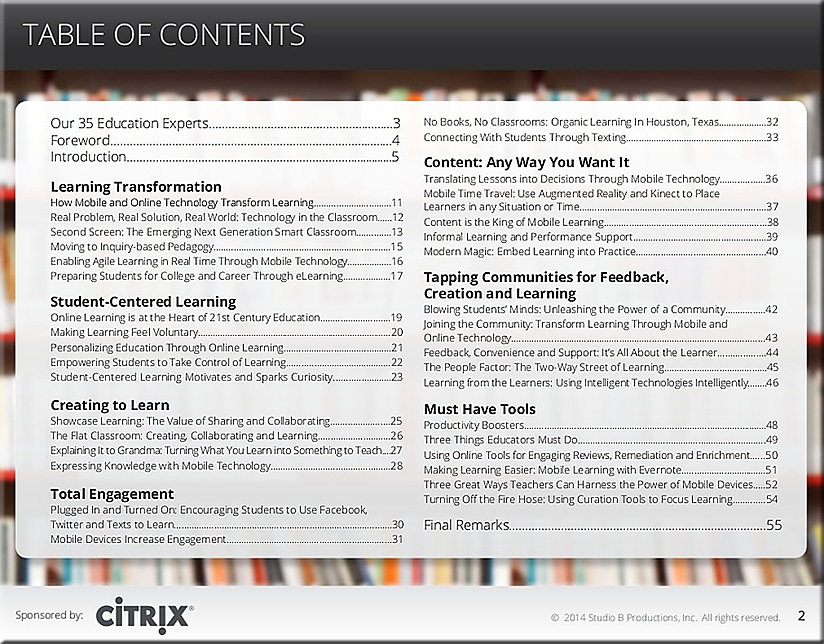
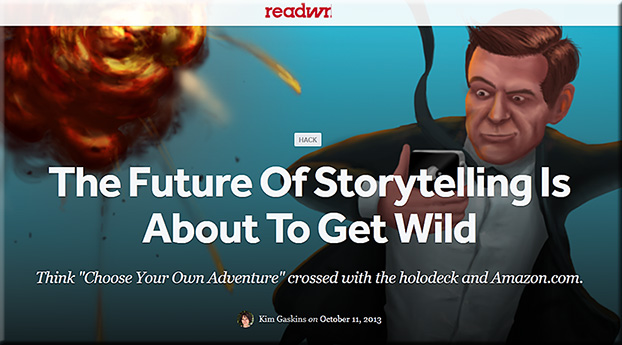
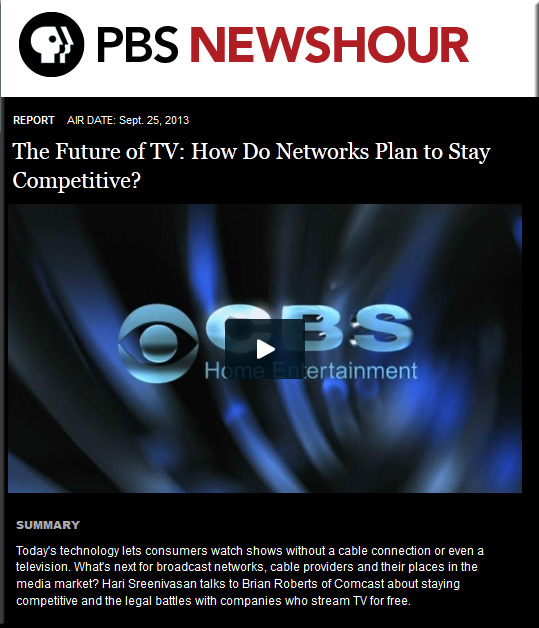
![The Living [Class] Room -- by Daniel Christian -- July 2012 -- a second device used in conjunction with a Smart/Connected TV](http://danielschristian.com/learning-ecosystems/wp-content/uploads/2012/07/The-Living-Class-Room-Daniel-S-Christian-July-2012.jpg)


